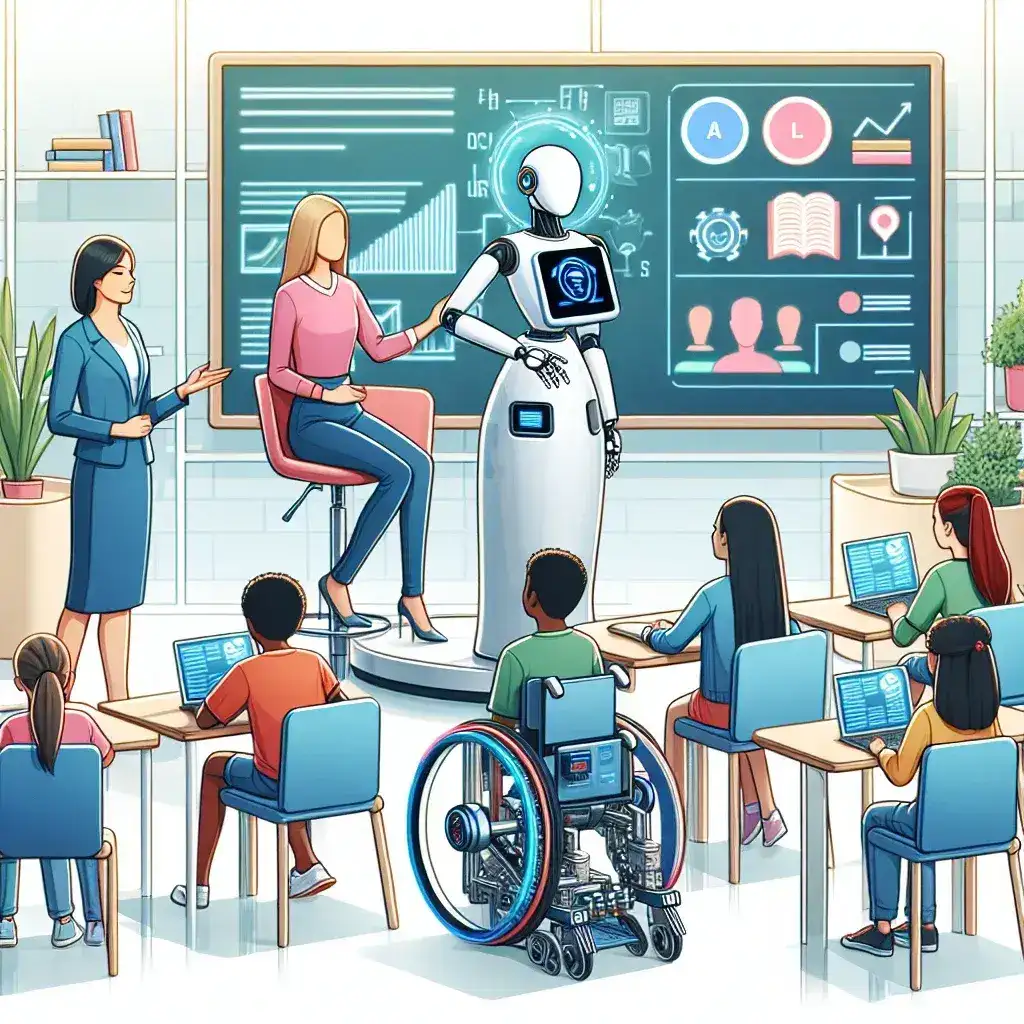Understanding the Teacher Shortage Crisis
The education sector is currently facing one of the most pressing challenges: a significant teacher shortage. According to recent studies, the U.S. alone is projected to face a shortage of over 300,000 teachers by the year 2025. This crisis has been exacerbated by various factors including low salaries, increased workloads, and the growing demand for quality education. With classrooms growing increasingly diverse and complex, the need for innovative solutions has never been more critical.
The Rise of AI-Assisted Classroom Management Systems
To combat this growing problem, many educational institutions are turning to AI-assisted classroom management systems. These advanced technologies can help streamline and enhance the teaching process, making it easier for teachers to manage their classrooms effectively. By leveraging AI, schools can address not only the shortage of teachers but also improve the overall quality of education.
What are AI-Assisted Classroom Management Systems?
AI-assisted classroom management systems are software platforms that utilize artificial intelligence to assist teachers in various tasks. From automating administrative duties to analyzing student performance, these systems are designed to free up valuable time for educators, allowing them to focus more on teaching rather than on paperwork.
Benefits of AI in the Classroom
- Time Efficiency: AI systems can automate routine tasks such as attendance tracking, grading, and scheduling.
- Personalized Learning: AI can analyze student data to tailor learning experiences to individual needs, promoting better engagement.
- Data-Driven Insights: Educators can receive real-time feedback on student performance, enabling timely interventions.
- Enhanced Classroom Management: AI can help in behavioral management by monitoring classroom dynamics and providing insights to teachers.
The Historical Context of Teacher Shortages
The teacher shortage crisis is not a new phenomenon; it has been a recurring issue throughout history. However, the scale and urgency have changed dramatically in recent years. Factors such as the COVID-19 pandemic have intensified existing challenges, pushing teachers to their limits. With many educators leaving the profession due to burnout, the reliance on AI-assisted systems has become more relevant than ever.
Future Predictions: The Role of AI in Education
Looking ahead, the integration of AI in education is expected to grow exponentially. Experts predict that by 2030, AI will play a pivotal role in not only managing classrooms but also in redefining the teaching profession itself. Schools that adopt these technologies early on may not only overcome the staffing crisis but also set a precedent for future educational practices.
Pros and Cons of AI-Assisted Classroom Management Systems
Pros
- Increased Efficiency: Teachers can manage classrooms more effectively with AI’s assistance.
- Improved Student Outcomes: Personalized learning pathways can lead to higher student engagement and success rates.
- Scalability: AI systems can be scaled across multiple classrooms and even schools, providing consistent support.
Cons
- Dependence on Technology: Over-reliance on AI may undermine traditional teaching methods.
- Privacy Concerns: The collection of student data raises questions regarding privacy and security.
- Cost of Implementation: Initial setup costs for AI systems can be significant.
Real-World Examples of AI in Action
Several schools and districts have already begun to implement AI-assisted classroom management systems with promising results. For example, the Los Angeles Unified School District has introduced AI tools that help teachers analyze student performance data efficiently. As a result, teachers have reported a noticeable improvement in student engagement and learning outcomes.
Expert Quotes on AI and Education
Dr. Lisa Johnson, an education technology expert, notes, “AI in the classroom is not just a trend; it’s a necessary evolution. It allows teachers not only to manage classrooms better but also to create a more personalized education experience for each student.”
Personal Anecdote
As an educator, I’ve experienced firsthand the challenges of maintaining classroom order while ensuring that every student receives the attention they deserve. After integrating an AI-assisted management system in my classroom, I found that I spent less time on administrative tasks and more time engaging with my students. The difference was palpable; my students were more involved, and their academic performance improved significantly.
Conclusion: Embracing the Future of Education
The teacher shortage crisis requires innovative and sustainable solutions. AI-assisted classroom management systems present a viable avenue to not only alleviate the burden on teachers but also enhance the educational experience for students. By embracing these technologies, we can create a more efficient, effective, and equitable educational environment for all.

Leave a Reply